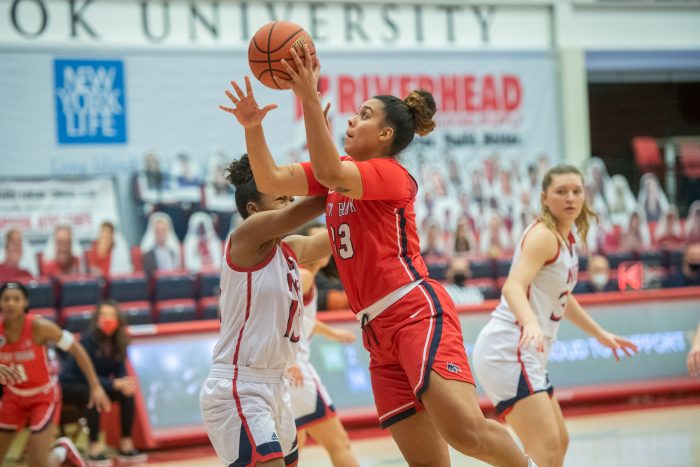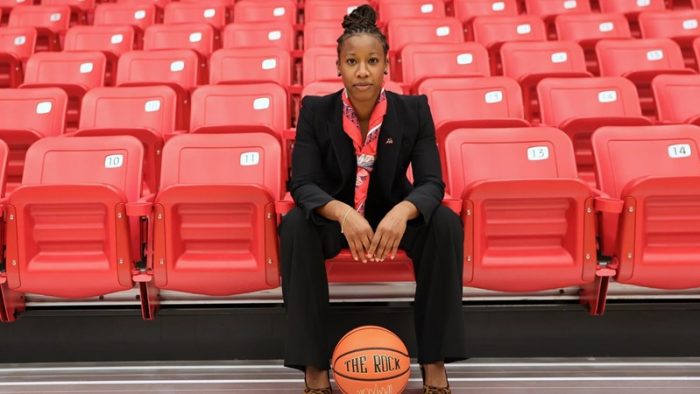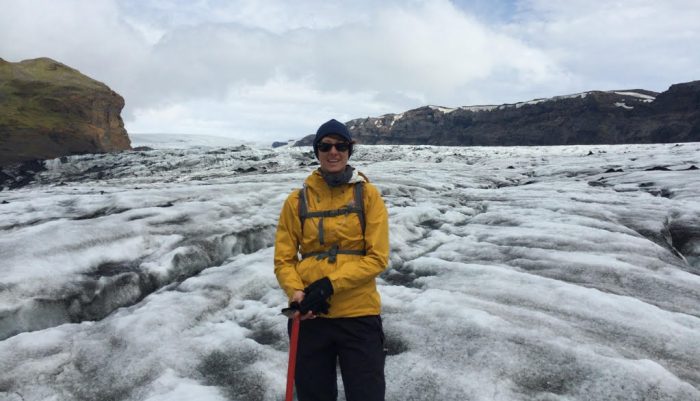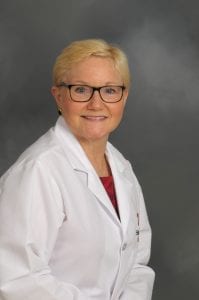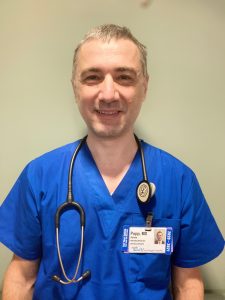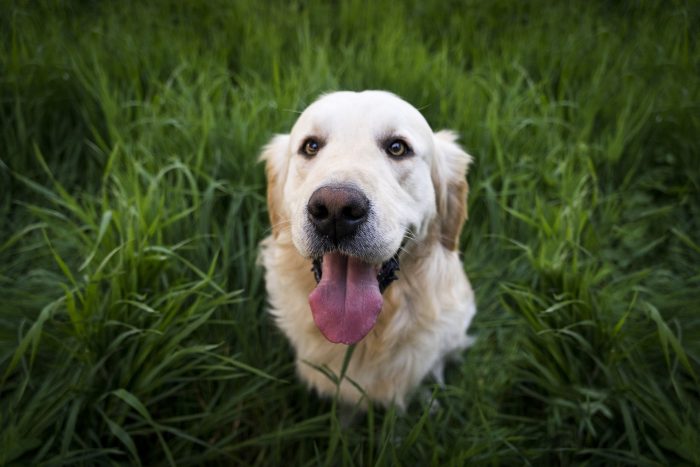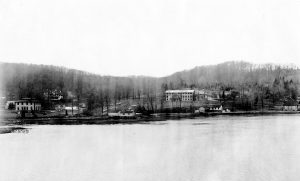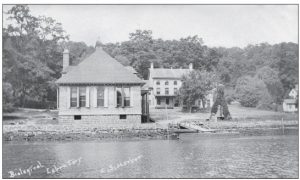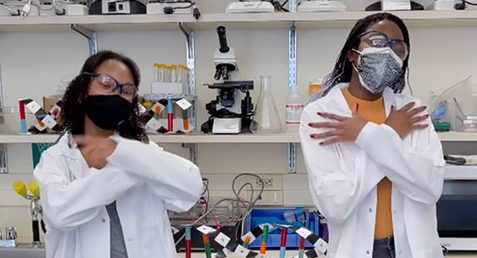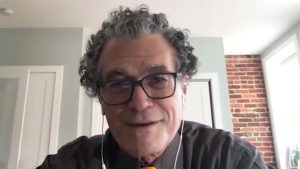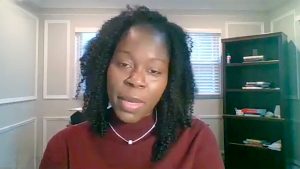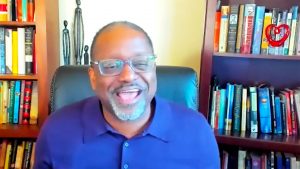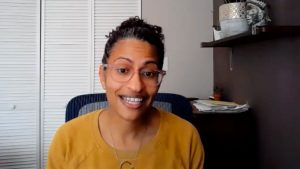India Pagan has a tattoo of the outline of Puerto Rico on her right arm. The image has two stars on it, where Hatillo and Mayagüez are located.
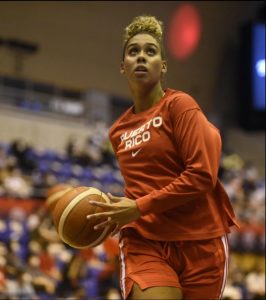
The connection to Puerto Rico for Pagan, a graduate of Stony Brook University who is now in a master’s program, runs much more than skin deep.
The 6-foot, 1-inch basketball star, who helped Stony Brook win back-to-back America East conference championships, is representing the island at the upcoming Tokyo 2020 Olympic Games, joining the first women’s basketball team from Puerto Rico to compete at the games.
A talented forward who plays in the low post area near the basket, Pagan, who became one of only 18 Seawolves to score over 1,000 points in her career and set a school record last year for the highest shooting percentage for a season, is the second-youngest member on a team Puerto Ricans are calling “the 12 warriors.”
When she saw pictures of herself on the main Puerto Rican Olympic pages on Instagram and Facebook confirming she’d made the team, Pagan took screenshots and called her parents Moises, who was born in Mayagüez, and Carmen, born in Hatillo.
The excitement was palpable over the phone, as her parents “were both yelling” with delight, she said.
“I’m so thankful to be Puerto Rican,” Pagan said. “I say that every day.”
Indeed, Pagan, who spoke Spanish in her house growing up, traveled regularly to Puerto Rico to see her large and supportive extended family.
Her mother Carmen, who was a competitive runner when she was younger, wanted to give her daughter an opportunity to compete on a larger stage she herself didn’t have growing up as the 17th of 18 children.
A runner whose floor-length braided hair was so long that she had to pin it inside her shirt to prevent false starts, Carmen Pagan didn’t have the chance to compete against other athletes from around the world in her specialty, the 400- and 800-meter races.
“That’s why we went the extra mile with India,” mother said.
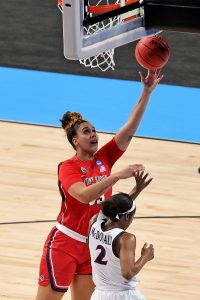
“We are accomplishing our dreams through her,” Moises Pagan added. “She exceeded our expectations when it came to basketball.”
Soon after learning of her opportunity to represent Puerto Rico, India Pagan found out that the athletes would attend the Olympics under strict restrictions and would play in empty stadiums, to reduce the risk of spreading COVID-19.
Her family, who has already seen Pagan play in Italy among other places, canceled their travel plans.
India Pagan still feels fortunate to be at the games and to have the long-distance support of people she considers family in Puerto Rico; New London, Connecticut, where she was born and raised; and on Long Island.
Stony Brook “is my family and the girls are my sisters,” she said. That includes two of her close friends on the Stony Brook team, Courtney Furr and Leighah-Amori Wool, who cried when Pagan left and are staying in touch across the world.
Moises Pagan, who is 6 feet, 5 inches tall and played one year of semiprofessional basketball in Puerto Rico, recalls how his daughter kept his size-15-feet shoebox filled with acceptances from colleges. India Pagan visited Stony Brook last and decided within moments of her arrival that she wanted to be a Seawolf.
Her parents made her wait a day to decide. A day later, she took the final women’s basketball scholarship.
Her parents felt the same connection to the team, often traveling with home-cooked food for the players, who called them “Ma” and “Pa.”
Moises cooked around 40 empanadas for the team, while Carmen contributed a chicken-and-rice dish and meatballs.
“We like to give back to the team and the coaching staff,” Moises Pagan said. “They’re our extended family.”
Despite the connection India Pagan felt at Stony Brook, she wasn’t initially prepared to stay for the extra year of eligibility granted to athletes amid the pandemic.
Speaking to her new coach Ashley Langford, Pagan changed her mind.
Langford is thrilled for the experience Pagan will have at the Olympics. She told her new coach how much more physical the Olympic players are than the collegiate competitors.
For Pagan, various women have served as inspirations and role models.
She admires plus-size model Ashley Graham’s confidence and appreciates her ability to represent a group of women often excluded in modeling.
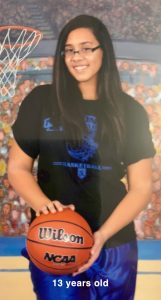
Pagan also literally and physically looks up to American basketball star Brittney Griner. At 6 feet, 8 inches tall, Griner is also not the typical woman in society.
While Pagan said COVID remains in the back of her mind, she expressed confidence in the health protocols designed to protect athletes and area residents.
Even before reaching the Olympic Village, Pagan described how each floor has security. The team isn’t allowed to leave the hotel unless they are attending practice.
“We wake up, eat breakfast, go to practice and come back,” she said. “The protocols are extreme. They want to protect the athletes.”
Pagan’s parents said they remain concerned for their daughter’s health, although they feel reassured by safety measures that include seeing the sights of Tokyo without getting off the bus.
While the flights to Tokyo took over 23 hours, which makes the limited travel and other opportunities disappointing, Carmen Pagan said her daughter and the rest of the team are focused on making the most of their Olympic opportunity. The team “is there to play their hearts out for Puerto Rico,” the mother said.
Langford sees India Pagan as a winner, as she is “representing our university and women’s basketball. Regardless of the outcome, she’s already won. This is an amazing accomplishment.”
In addition to the memories from her Olympic experience, Pagan is looking forward to getting a tattoo of the five Olympic rings on her body.
The historic Puerto Rico opener is against China July 27.
While the Pagans won’t be able to watch their daughter compete in Tokyo in person, they are likely to gather with extended family, where everyone will “bring a dish,” Moises Pagan said. “Let the games begin!”

